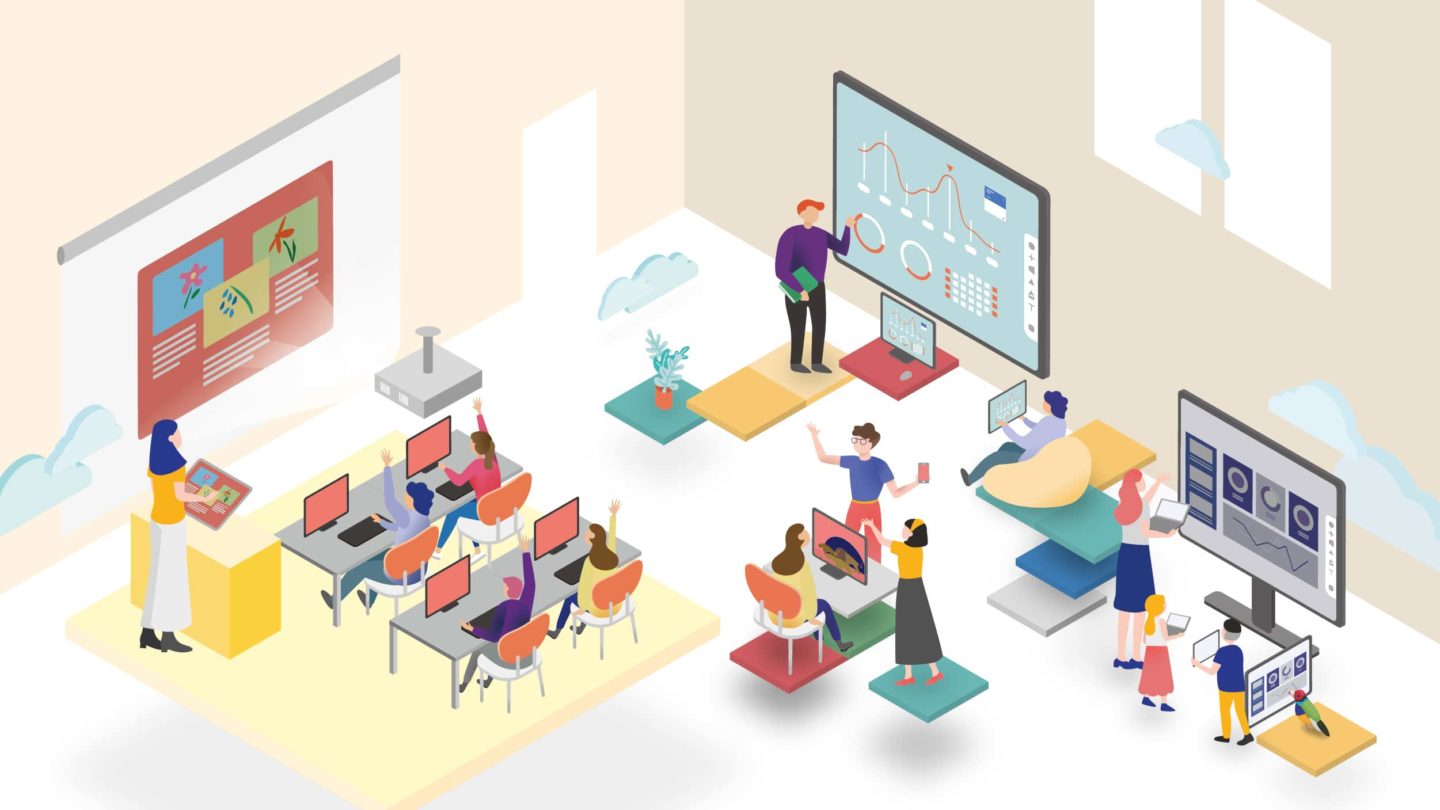In which ways “virtual reality” can be used in education? (Can be explained with the subject of your interest).
This question, along with the videos and literature we delved into claiming how Augmented Reality (AR) will revolutionize education, is merely a theory – a theory that will be difficult to implement into practice. The first challenge is, quite simply, funding. From experience, school boards and provincial governments have already begun decreasing funding in education, which makes it even more challenging for schools to buy updated picture books for their school library, let alone purchase top of the line VR goggles that will bring the Space Station to life. The realistic dichotomy between these AR theories and AR implementation in the classroom is large.
Perhaps AR will decrease the learning curve and increase brain productivity because it will personalize education, as Florian Radke claims. As an elementary school educator, I can see the value in students exploring lessons and concepts from both a cognitivist and constructivist perspective through an AR demonstration at their own pace. From a UDL and differentiation perspective, this seems like a useful concept in theory – a theory I would love to explore. However, the reality in public school education is the students that could use these tech aids to allow for more differentiation and equitable education, are also the ones that have limited access to technology at home and at school.
Educational technology is a double-edged sword and educators need to understand what they are wielding in an effort to implement technology equitably.
Technology has become a significant part of the day-to-day teaching-learning process. What are the challenges faced by an educator while selecting technology to enhance their teaching?
In order to utilize appropriate technology that would increase student achievement and interaction, an educator would have to choose technology that enables elementary school students to meet curriculum expectations. If an educator were to transform learning in a way that allows for a student’s context (lived experience) and multimodality (how students engage with learning) to be fostered, it would require professional development and time to explore technology that best suits those needs. Regular pedagogy involving YouTube videos and textbook information already requires a teacher’s prep time to implement effectively, particularly if a teacher has a wide array of learners with Individual Education Plans (IEPs). Based on the recent research I have done, teachers claim the biggest barriers that limit their ability to implement technology in the classroom are professional development, time to learn these tools, and administrative support. So, if the impetus of technology implementation begins with teachers, support in multiple facets had better begin soon because the rate of innovations in educational technology seem to far outnumber the amount of professional development available for educators to utilize these tools effectively.


Hi Emilio,
Thank you for sharing. In your experience, are you familiar with any teachers who have used such tools in class and anything you’ve heard from their experience in doing so and what their feelings/recommendations were in doing so?
Sincerely,
Joe
Hi Emilio,
I agree with what you said, AR will revolutionize education as a theory that is difficult to put into practice. I think AR can only be used as a teaching aid for certain courses, such as universe science. The reason is that the cost of using it is too high. As an elementary school educator, what do you think are the advantages and disadvantages of using VR technology in the classroom for students?
Thanks,
Ruili